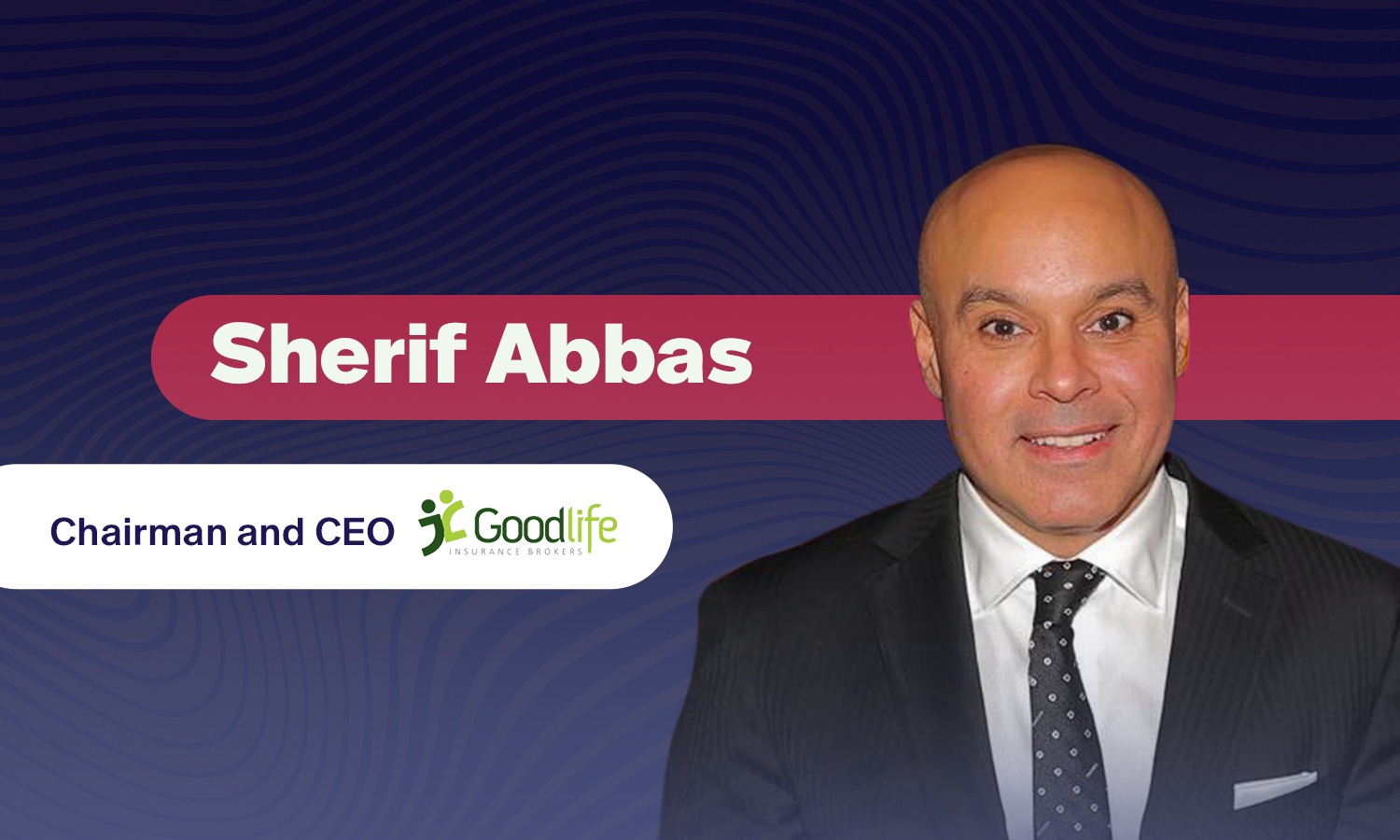Al Ismaelia Transformers Historic Cairo District into Thriving Economic Hub
Updated 10/5/2025 9:00:00 AM
Arab Finance: Downtown Cairo stands as a powerful testament to Egypt's rich architectural and cultural heritage, representing a national economic opportunity. With its walkable infrastructure and central location, the district attracts millions of visitors annually, fueling small businesses, strengthening tourism, and generating jobs across multiple sectors.
Amid this backdrop of strategic urban revitalization and economic momentum, Al Ismaelia for Real Estate Investment champions a development model where conservation and profitability are part of the same equation.
In this exclusive interview, we sat down with Karim Shafei, Chairman and CEO of Al Ismaelia for Real Estate Investment. He discusses how Al Ismaelia leverages heritage as a productive asset, balancing cultural preservation with a robust commercial strategy.
Shafei also details the company's shift toward revenue-generating models through hospitality and mixed-use spaces, as well as its future plan to expand its asset base to 50 buildings by 2027, with a capital increase of $50-$100 million.
- Al Ismaelia is known for its unique approach to preserving Downtown Cairo's architectural heritage. How do you balance this commitment to conservation with the need for modern, profitable real estate development?
At Al Ismaelia, conservation and development are part of the same equation and naturally go hand-in-hand. The company’s name pays tribute to Khedive Ismail, who envisioned Cairo as a modern capital inspired by European cities like Paris.
Historically, Downtown Cairo was known as Al Ismaelia, reflecting the deep connection between the company and the district. Our development model is built around the architecture itself. Every building we acquire is treated as both a cultural asset and a long-term investment.
We begin with detailed documentation, secure all heritage approvals, and carry out restoration using licensed conservation experts.
From there, we introduce modern programming, like offices, hotels, retail, and event spaces, without compromising the building’s historical proportions or materials. This allows each property to generate value over time while remaining structurally and culturally intact. Ultimately, the commercial strategy works because architecture leads the experience.
- Downtown Cairo holds a significant place in the hearts of many Egyptians. From your perspective, what is the economic value of revitalizing this historic district?
Downtown Cairo is a major national economic opportunity. It offers walkable infrastructure, architectural depth, and a central location that connects neighborhoods, businesses, and transport. With the right investment model, heritage buildings become productive assets, hosting hospitality, retail, and creative industries.
Our properties attract between two million and three million visitors per year, and footfall continues to grow as the area regains its place in the public imagination. This momentum supports small businesses, strengthens tourism, and creates employment across multiple sectors.
- Al Ismaelia has recently shifted from a focus on property acquisition and restoration to generating revenue. What specific projects or business models have been key to this transition?
To us, restoration or acquisition and revenue generation go hand in hand. Revenue generation comes through a mix of hospitality, office leasing, and cultural programming.
Consoleya, for example, is a fully leased co-working and serviced office space. Cinema Radio includes retail, offices, and event venues. La Viennoise houses Mazeej Balad, a boutique hotel with rooftop dining and upcoming retail, which we proudly launched in partnership with GNK.
Each building is programmed according to its structure and location. The focus now is to deepen this mix by bringing in more experiential retail, food and beverage, and boutique hospitality offerings across the portfolio.
- Al Ismaelia manages 26 historic properties across 85,000 square meters. Could you highlight some notable projects and their impact on the community?
Each building tells a different story. Consoleya is now a creative business hub. Kodak houses offices for companies like Karm Solar and Ebony & Ivory, along with studio and gallery spaces. Layal and Farida have been activated through serviced apartments and flexible office units by Lemon Spaces.
As part of our longstanding collaboration with Alchemy Experience, TamaraHaus is set to open soon, bringing design, events, and hospitality under one roof. Collectively, these projects bring footfall, create jobs, and bring visibility back to streets that had been underused for decades.
- The Company has allocated EGP 300 million for developments in 2025, including hospitality and mixed-use spaces. How do these projects contribute to Cairo’s economy and tourism?
This year’s capital is directed toward a set of projects designed to operate at both neighborhood and city scale. Tamara Haus will offer boutique hospitality experiences anchored in heritage.
Several other buildings are being repositioned as retail, office, and cultural destinations. These functions not only support tourism but also generate daily foot traffic from residents and workers. The result is a more vibrant Downtown, where restored heritage buildings play a central role in shaping the city’s economic future.
- Al Ismaelia has launched the digital platform downtowncairo.com. How important is digital innovation in promoting Downtown Cairo's cultural and touristic appeal?
The digital platform was developed to improve accessibility and awareness. It offers curated walking routes, cultural content, and digital experiences that reconnect people with the district.
In parallel, it serves as a channel for tourism, event promotion, and destination branding. The platform is part of our broader effort to link physical restoration with public engagement. The more people see, learn, and visit, the more Downtown reclaims its place in the urban imagination.
- Mazeej Balad, a boutique hotel project, integrates Egypt’s rich heritage with contemporary luxury. Can you share more about this project and its expected influence on the hospitality sector?
Mazeej Balad is housed in La Viennoise, a late 19th-century building with a distinct façade and structural layout. The hotel features five suites, a rooftop culinary destination, and modern amenities integrated into a historically accurate shell. The experience is designed around atmosphere, not scale. Every corner reflects Downtown’s layered textures and stories.
The hotel is operated by our partner GNK Group, who focus on redefining hospitality by merging Egypt's rich cultural heritage with modern elegance. The project sets a precedent for boutique hospitality in heritage districts: small-footprint yet high-experience spaces rooted in place. We can already see its appeal to both cultural tourists and business travelers.
- Looking ahead, what are some of the next key milestones for the company?
We are preparing for a capital increase of $50 to $100 million to support the expansion of our asset base to 50 buildings by December 31st, 2027.
Another priority for the year is reinforcing community partnerships to ensure that restoration benefits extend beyond the properties themselves.
Related News










